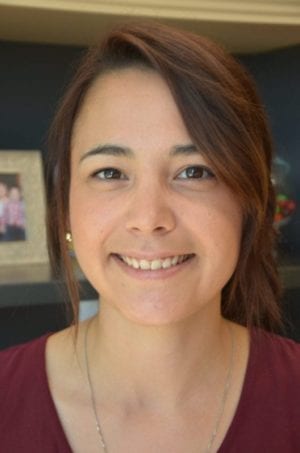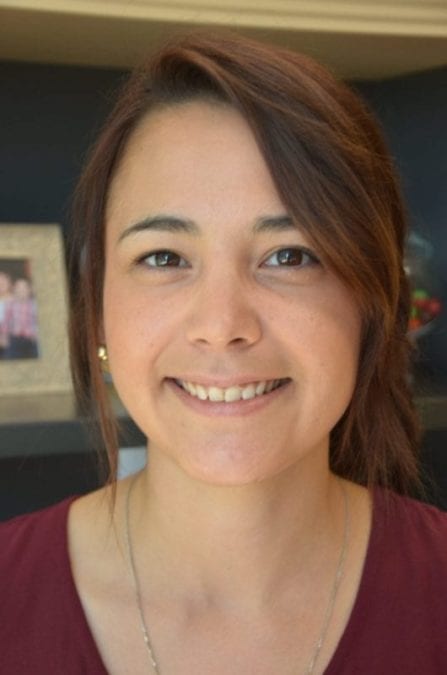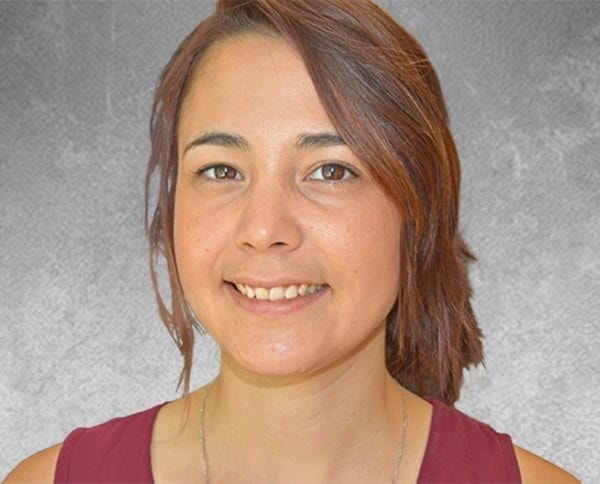Crystal Martin-Lapenskie plans to vote in the federal election on Oct. 21 and she’s encouraging others to do the same.

“It’s important because it’s what’s going to be priority for the next four years for Canada,” said Martin-Lapenskie, president of the National Inuit Youth Council. “It doesn’t take too much time out of anybody’s day (to vote)… It’s not just a constitutional right but it’s something we have fought for for so many years – women who have fought to vote and Indigenous people who have fought to vote.”
Among the longstanding Inuit issues that she hopes Canada’s next Prime Minister and cabinet will address are the chronic housing shortage, suicide rates and making health care more accessible.
“A lot of it’s been talk. It would be nice to see some action,” said Martin-Lapenskie, who grew up in Hall Beach and currently resides in Eganville, Ont. “I really do hope that they’re able to combat the epidemic of suicide and the housing crisis as well.”
Nunavut had the lowest showing at the polls in the 2015 federal election at 53.1 per cent. Prince Edward Island posted the highest result at 80 per cent. Nationally, 68.5 per cent of eligible Canadians cast a ballot.
However, Nunavut’s voter turnout improved by 13.7 per cent in 2015 compared to the 2011 federal election. The reason for the jump is difficult to pin down because there are numerous potential factors, according to Matthew McKenna, who works in media relations for Elections Canada.
Among Elections Canada’s efforts to raise the profile of the 2019 federal election were attending several events in Iqaluit this year including the Nunavut Tradeshow and a workshop for Inuit electors. Elections Canada contractors Ilinniapaa Skills Development Centre, based in Nunavut’s capital, also help spread the word about the election, as has Frontier College, McKenna noted.
A diverse ad campaign that entails English, Inuktitut and French advertisements on TV, radio, in print and in digital is another of Elections Canada’s tools.
In some of the smaller communties, the returning officer enlists the aid of RCMP officers to explain how to register and vote, said McKenna, who referred to the police as “great partners.”
Other initiatives in Nunavut – Canada’s largest electoral district in terms of geography – include in-person training for Elections Canada staff.
“Because of the size of the territory and the distance between communities, in the past, training election workers was often done by phone,” McKenna explained. “For 2019, (we realized) the importance of being able to see and touch the election materials they’d be working with has a huge impact on workers.”
This also includes simulating voting activities, “to give people a real sense of what to expect,” he added.
The returning officer puts a priority on making Inuktitut voting materials accessible in the territory, according to McKenna.
“The (returning officer) says demand for these materials has been high,” he stated.
On election day, polls will have the option of having one designated elder and youth present to provide interpretation and to answer questions about the voting process, McKenna added.

